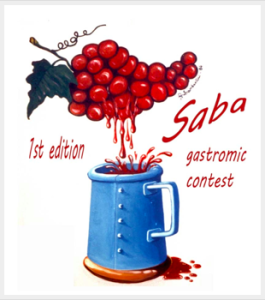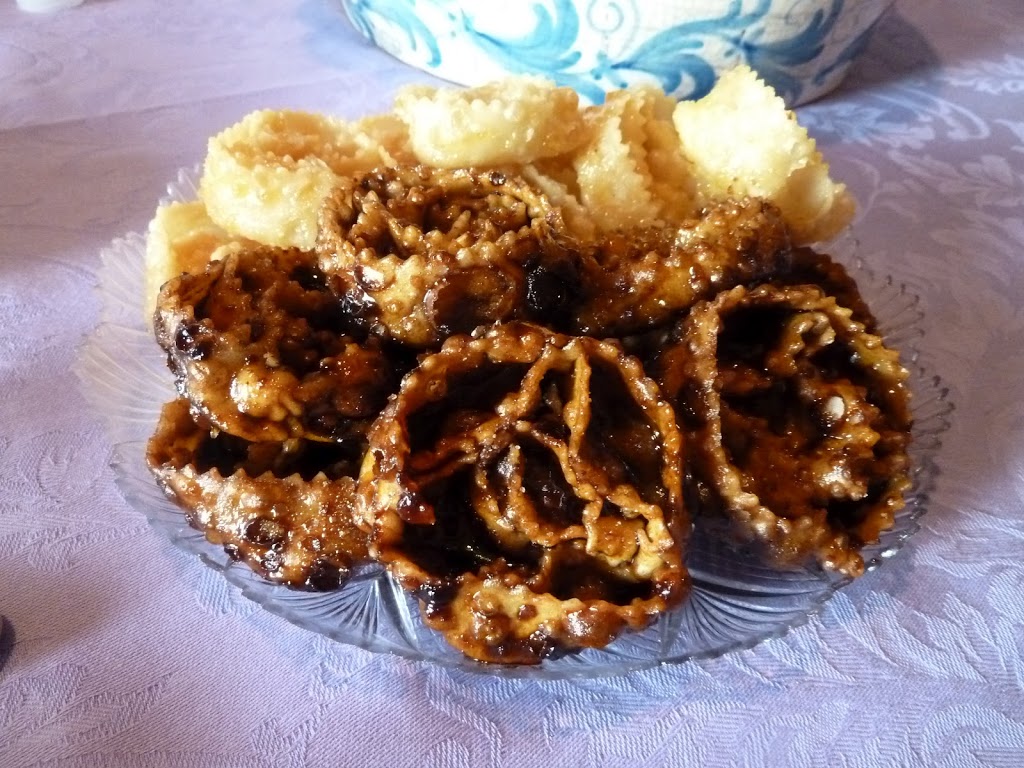
There nothing more exciting than being involved in a food blog and tasting a product.
I was just invited by my friend Rossella of Ma che ti sei mangiato?. Which translates to- “But what did you just eat?” and Andrea from Percorsi di Vino, wine blog.
Here is the announcement in Italian- 20 bloggers will receive bottles of saba to create new recipes.
We will be sent a bottle of SABA, which is grape juice, cooked slowly until it becomes a thick rich essence. Saba is what you need to make Traditional Balsamic Vinegar, but can be used as is.
Most people use saba to drizzle on gelato or fried dough desserts after they are made. When I was just in Puglia, they also have a type of saba called vin cotto. Most often it is made from grape juice, but I have also had it from figs.
We will be trying the saba offered by Mirco Mariotti which his family winery makes and the Consorzio Gusto del Ferrara.
Doing my research, traditionally it is served with Sabadone, a dessert raviolo made for St Paul’s patron saint day, January 25th in Massalombarda. Looks like I missed the festival this year, but the recipe sounds fun! The raviolo has a chestnut filling with other ingredients.
Looking forward to seeing what we can create with the Saba. I will try the ravioli’s for sure and then some recipes of my own. In Puglia they served their Vin Cotto with a fried pastry called Cartellate.
Follow the blog to see what I create with my saba!
any ideas?


Yet another food product to seek out.
Wow Judy, you just know everything about Saba, well done! 😉
Now the hard part starts: use Saba for new dishes, searching to balance sweetness with other taste sensations…
Thank you so much for your attention… I live about 20 km from Massalombarda, so when you’ll come back here you’ll be welcome in our cellar!
See you
Mirco
You also know my friend Andrea Bezzecchi! It’s very nice to see some foreign people know itaian gastronomic traditions better than many of us… 😉
My family is from Puglia and used to make Mostaccioli with vino cotto. Somehow the recipe got lost through the generations, but I did happen upon a recipe recently. The Saba sounds like a great food product. Buona fortuna.
Lisa
It sounds very interesting – both the Saba itself and all the recipe possibilities. Is Saba common in Italy or is it hard to find? And is there anything to compare it to in the US?
I’m very excited to get my saba and start experimenting! Can’t wait to see what you come up with.